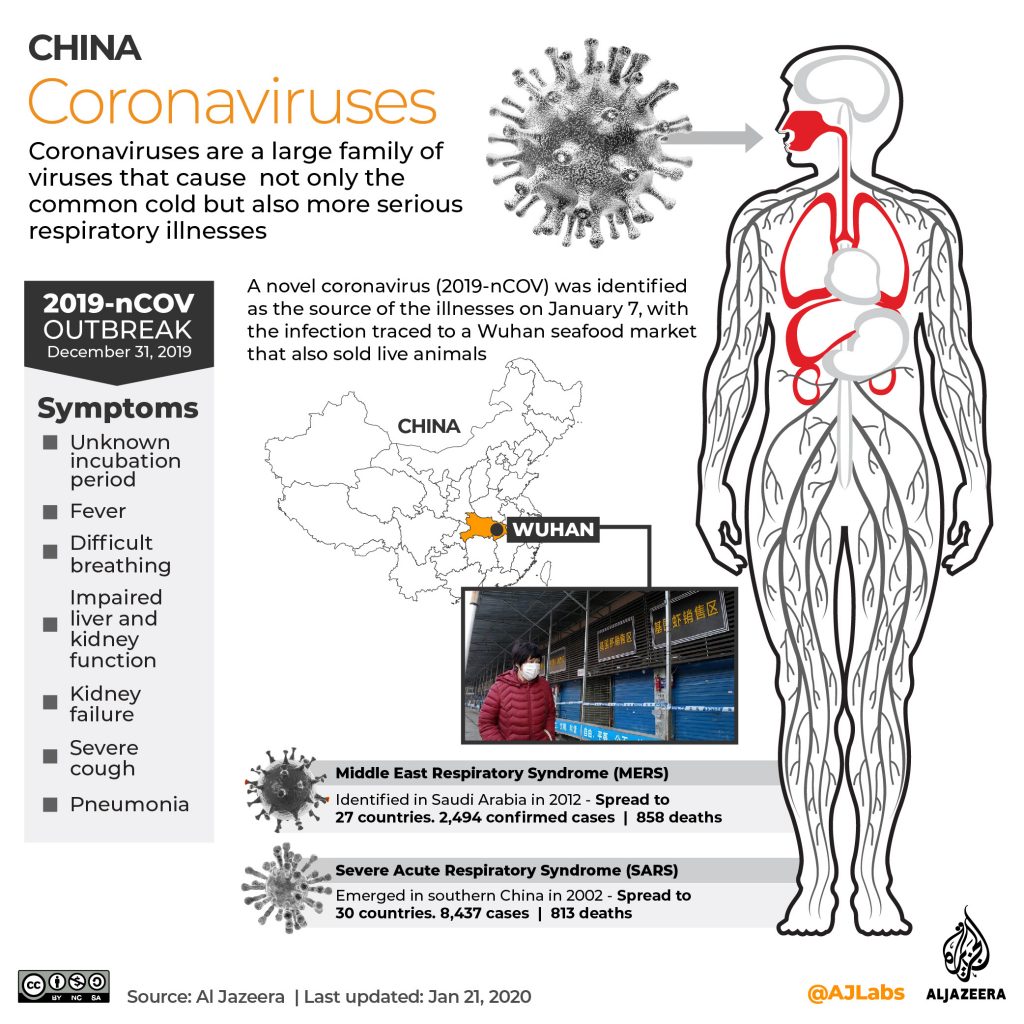
It would not be unreasonable to assume that by the time this piece is written our understanding of COVID-19 would have changed. There’s nothing like the threat of a potential global pandemic to bring the media to frenzy and invite a wide array of commentary from “experts”.
Fear is driven from the unknown, and relatively little is known about COVID-19. We can establish that the virus is highly contagious and spreading globally – quickly. For these reasons it has been tagged as a Class A infectious disease (requires compulsory response measures).
The most commonly reported symptoms include a fever, dry cough and tiredness. In the most severe cases, people with the virus can develop difficulty breathing, and may ultimately experience organ failure. Some cases are fatal. Many other individuals will just get a runny nose or a sore throat. Some people with the virus are completely asymptomatic.
Mortality rate is an often used parameter to help us grasp the seriousness of a health threat. In the case of COVID-19 the rate is around 2.3% (data varies on source from 1-3%). The vast majority (80%) of deaths is in those over 60 years old, three-quarters of whom had other disorders that may have made them more vulnerable including diabetes, heart disease and cancer.
In respect to COVID-19 young people, on the other hand, appear to be better protected against the virus. A report by the World Health Organization and China, based on the 75,465 cases reported up to 20 February 2020, found that only 2.4% of cases were in those aged 18 or under. No-one knows if children aren’t catching the virus at the same rate as adults, or if they just don’t show symptoms when they do have the virus.
One of the concerns is the combination of COVID-19 and influenza. We are already hearing a push for flu vaccines in the elderly however an article published in Annals of Internal Medicine this month declared: “no evidence indicated that vaccination reduced hospitalizations or mortality among elderly persons.”
To be pragmatic, all we can focus on is what we do know. From a natural healthcare point of view all that we do know is that vitamin C is playing an important role. Based on experience from other potential epidemics coupled with recent success, Chinese health authorities have publicly recommended that vitamin C be used in high doses. You may find this referenced article of interest.
References
Anderson, M. L., Dobkin, C., & Gorry, D. (2020). The Effect of Influenza Vaccination for the Elderly on Hospitalization and Mortality: An Observational Study With a Regression Discontinuity Design. Annals of Internal Medicine. https://doi.org/10.7326/M19-3075
Expert consensus on comprehensive treatment of coronavirus disease in Shanghai 2019. (2020). Retrieved March 4, 2020, from https://mp.weixin.qq.com/s/bF2YhJKiOfe1yimBc4XwOA
Hamzelou, J. (2020). Coronavirus: What are the worst symptoms and how deadly is covid-19? Retrieved March 4, 2020, from https://www.newscientist.com/article/2235847-coronavirus-what-are-the-worst-symptoms-and-how-deadly-is-covid-19/
High-dose vitamin C treatment of new coronary pneumonia. (2020). Retrieved March 4, 2020, from http://2yuan.xjtu.edu.cn/Html/News/Articles/21774.html
Iuliano, A. D., Roguski, K. M., Chang, H. H., Muscatello, D. J., Palekar, R., Tempia, S., … & Wu, P. (2018). Estimates of global seasonal influenza-associated respiratory mortality: a modelling study. The Lancet, 391(10127), 1285-1300.

Hi, this is a comment.
To get started with moderating, editing, and deleting comments, please visit the Comments screen in the dashboard.
Commenter avatars come from Gravatar.